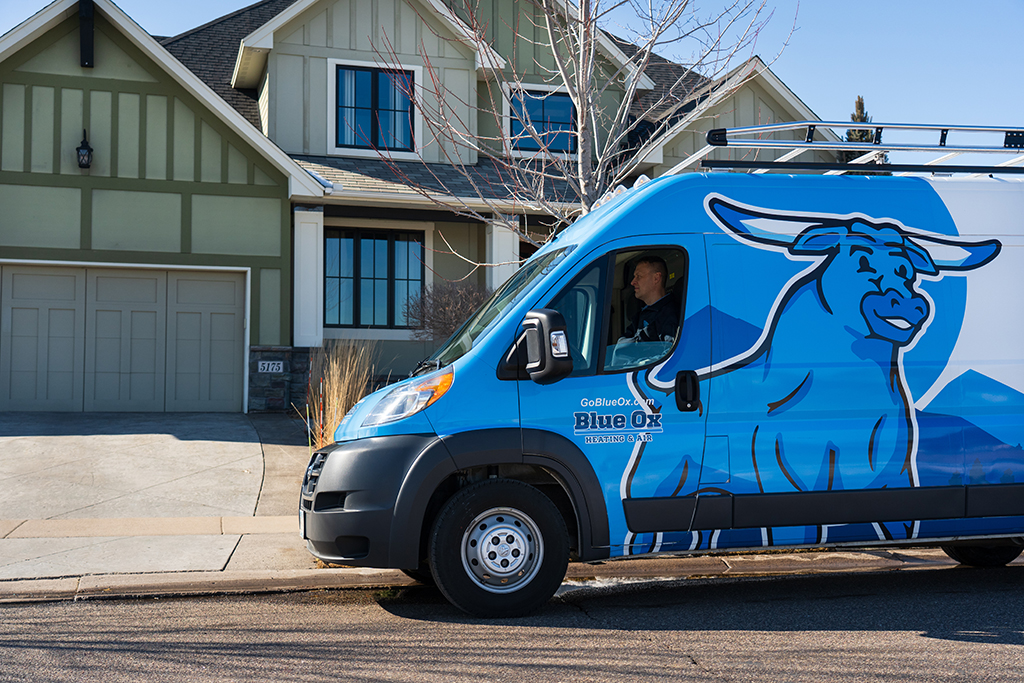Homes constructed within the last 40 years were built to be airtight. While the intentions were good, today’s homes are insulated so well that they trap humidity and pollutants inside. In the right conditions, bacteria, viruses, mold and mites proliferate. All of these can diminish air quality, cause illnesses and trigger allergic reactions.
If your allergies are bothering you, it might be time to look into purchasing an in-home air exchanger. This is the most cost-effective way to get the ventilation you need while retaining heat and coolness.
Air Exchangers Improve Air Quality By:
- Reducing moisture issues, such as rot and mold
- Preventing damage to windows from condensation
- Helping to prevent against respiratory illnesses and allergic reactions due to indoor contaminants
- Reducing heating costs
Air exchangers, categorized as either heat recovery ventilators (HRVs) or energy recovery ventilators (ERVs), work to replace stale air with fresh air inside your home. Both HRVs and ERVs can be stand-alone devices that operate independently or can be incorporated into an HVAC system. The only requirements for an air exchanger are an air supply (directly from an exterior wall or ducted to one), and an energy supply for air circulation, such as wind energy or electricity for fans and the electronic control system.

Via ecohome.net
HRV or ERV: Which One is Right for Me?
Heat Recovery Ventilators
An HRV system uses heat in stale exhaust air to “preheat” incoming fresh air. This reduces the energy required to bring outside air up to a comfortable temperature. HRVs are a good option if your home is too humid in the winter (above a reasonable value of 60 percent), as they help eliminate excess moisture.
Energy Recovery Ventilators
ERVs are similar to HRVs, except they work by capturing humidity in the air. In the winter, an ERV system transfers humidity from inside air to the incoming fresh, dry air to help balance the humidity level and keep it at reasonable value, between 40 and 60 percent. During summer, this process reverses and moisture in the outside air is removed before it enters the home. This reduces energy consumption by decreasing the amount of work your air conditioning system and dehumidifier have to do.
Bottom line: ERVs are a better choice if your home is too dry in the winter because they help retain humidity.
Call the Professionals
If you’re interested in installing an air exchange system, the HVAC specialists at Blue Ox Heating & Air can answer any questions you have about how air exchangers work and improve air quality. Other air quality solutions include humidifiers, dehumidifiers, air purifiers, HEPA filters, and UV lights. Don’t suffer in silence with your allergies. Contact us today and start breathing better tomorrow.


